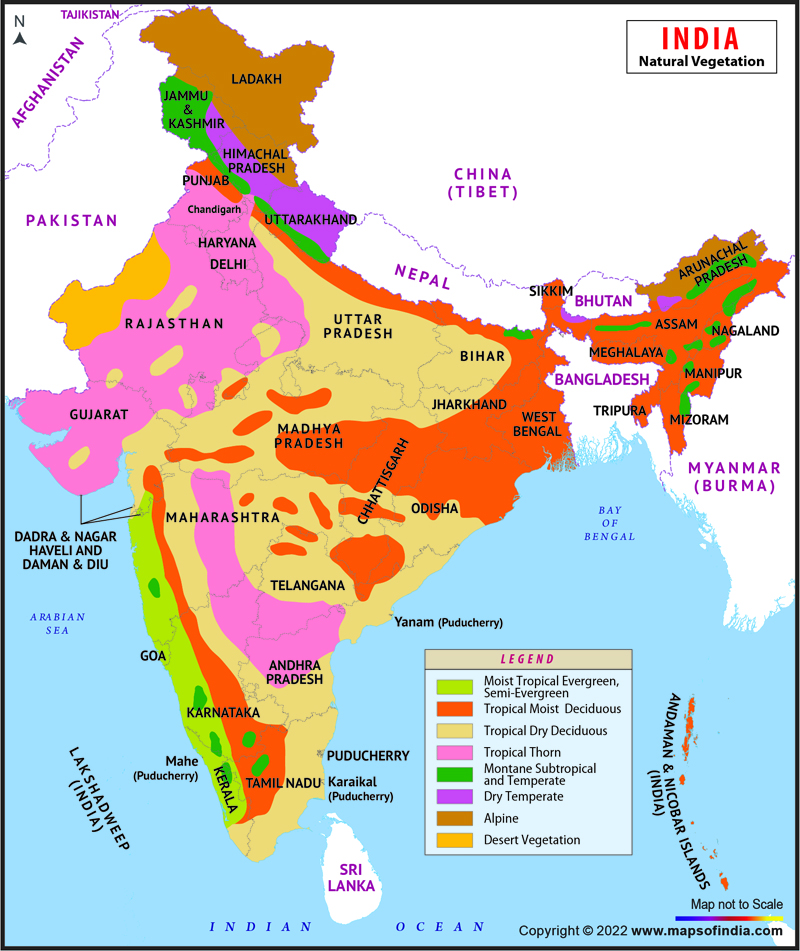
Indien Orographie Karte
Tropical Evergreen Forests. The tropical evergreen forest in India is essential to the wildlife ecosystem, which is known for providing natural habitat to many species of birds, animals, and insects, particularly endangered species such as owls, hawks, cardinals, and mammals such as possums, racoons, deer, and others.

🌈 Climate classification of india. Climatic Regions of India (With Maps). 20190307
The tropical wet evergreen forest in India is usually found in areas receiving more than 200 cm of rainfall and having a temperature of 15-30 degrees Celsius. They occupy about 7% of the earth's surface. They are found mostly near the equator. They have sparse undergrowth interspersed with clearings
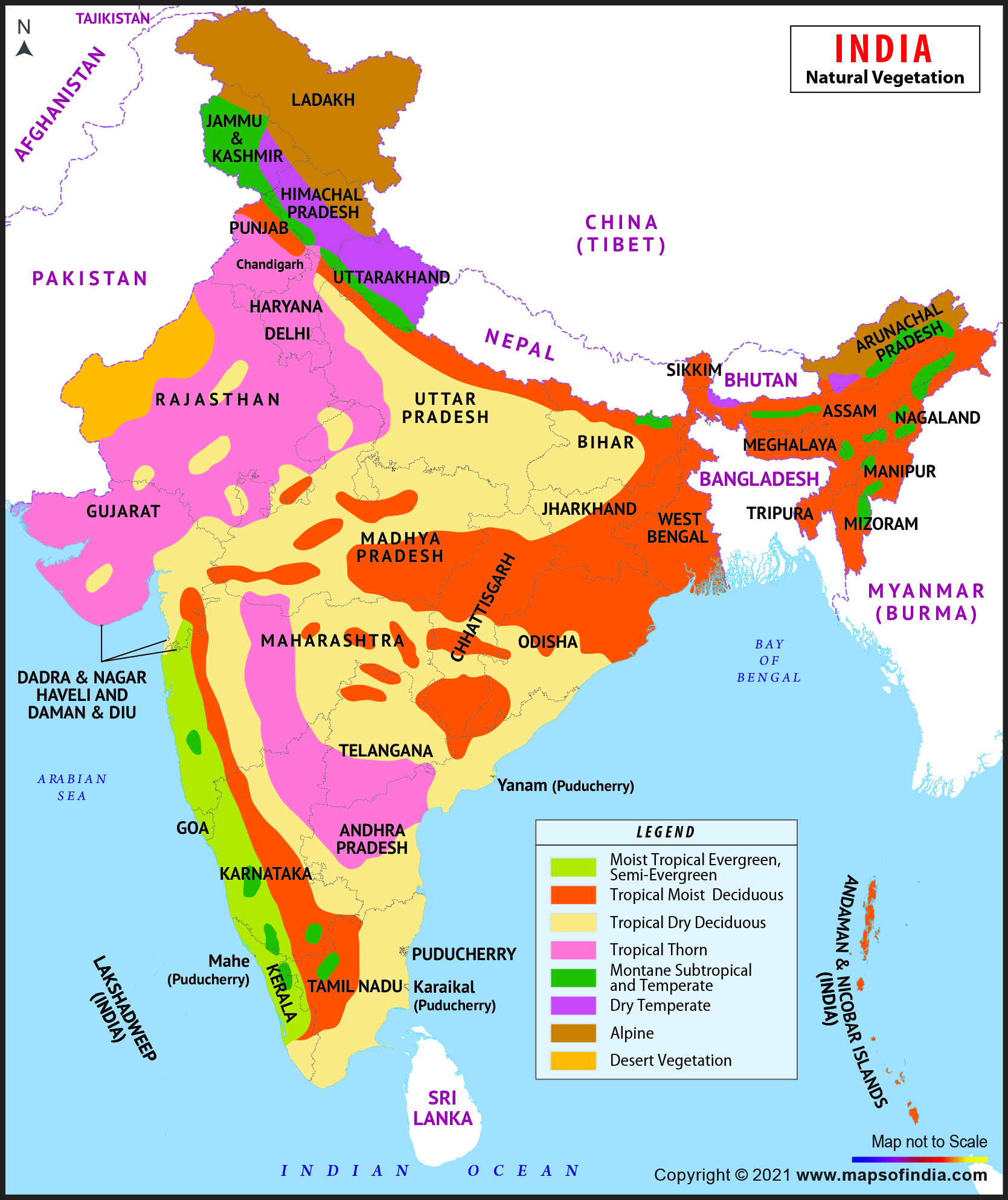
NATURAL VEGETATION OF INDIA Environment of Earth
The Malabar Coast Tamil Nadu The Climate Zones in India according to Koeppen's Classification The 9 climate regions in India according to Koeppen Classification Amw: Monsoon type with short dry winter season As: Monsoon type with dry season in summer Aw: Tropical Savanna type Bshw: Semi-Arid Steppe Type Bwhw: hot desert type

Map of India by state and Kö ppenGeiger climate classification region.... Download Scientific
Lekha Bhat, Aswathi K. R & Louis Rice 4130 Accesses 5 Citations 26 Altmetric 3 Mentions Explore all metrics Abstract Indian coastal regions have often been affected by frequent climate-induced natural disasters such as cyclones, floods, droughts and other related hazards in recent decades.
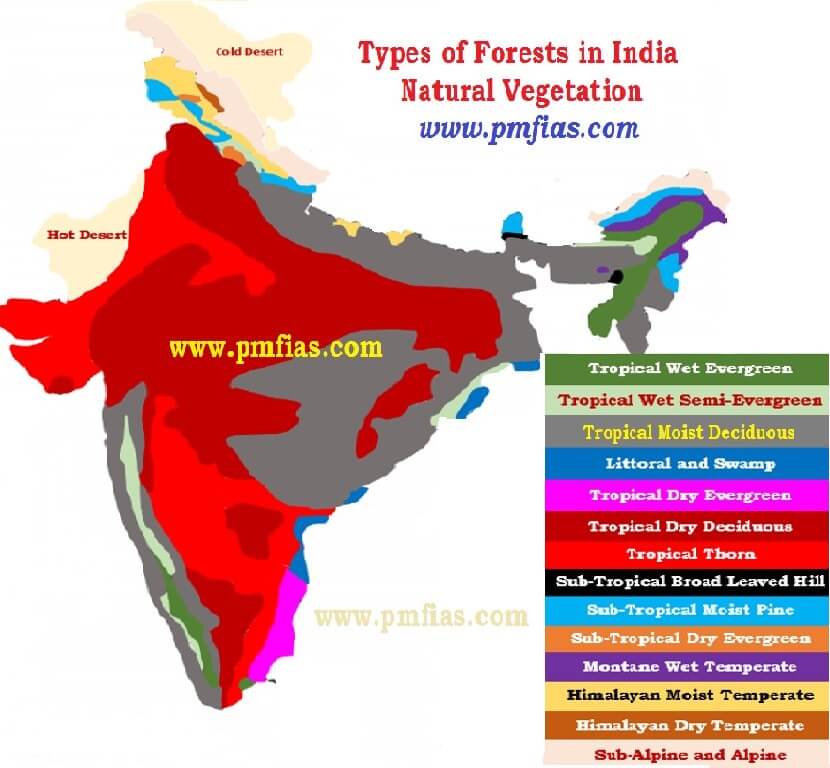
Natural Vegetation of India Moist Tropical, Dry Tropical, Montane Subtropical, Montane
Based on Koeppen's method (Fig 13.31), India can be divided into the following climatic regions: 1. Monsoon type with short dry season (Amw) 2. Monsoon type with dry season in summers (As) 3. Tropical savannah type (Aw) 4.

on an outline map of india mark the following regions of tropical evergreen forests regions of
The tropical wet climate region of India refers to the two Islands Andaman and Nicobar, Lakshadweep, Western Malabar region and south Assam. The tropical wet region is the wettest in the country that maintains the humidity throughout the year due to the high amount of rainfall in the monsoon season.

The Maoist Naxalite Movement Fighters for the Poor or Terrorists? Dorsum The Ethnopolitcal
Tropical vegetation lining coastal waterways, Kerala state, southwestern India. Tropical evergreen and mixed evergreen-deciduous forests generally occupy areas with more than 80 inches (2,000 mm) of rainfall per year, mainly in upper Assam, the Western Ghats (especially in Kerala), parts of Odisha, and the Andaman and Nicobar Islands.
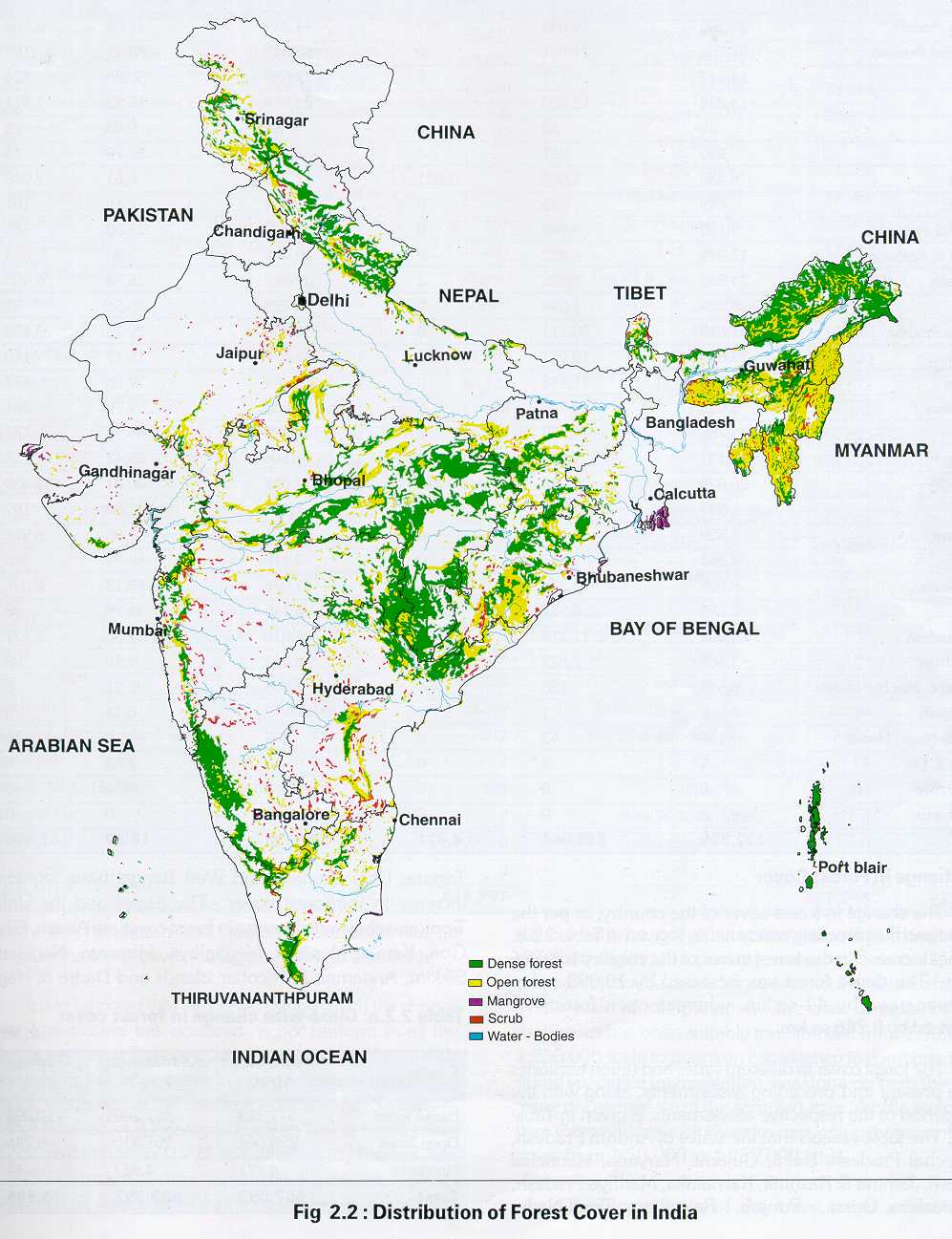
Indian Forests Nature Developers
On average around 2 to 4 tropical cyclones impact India every year, while most of these tropical cyclones impact the east coast of Indian states of West Bengal, Odisha, Andhra Pradesh, Tamil Nadu . From the 1960s to the mid-2000s, 65% of global tropical cyclone fatalities were located in the Bay of Bengal.

Tropical Rainforest Map Of India RAINFOREST ANIMAL
Climate Zones in India 1. Hot and Dry Climate Characteristics 2. Warm and Humid Climate Characteristics 3. Composite Climate Characteristics 4. Temperate/Moderate Climate Characteristics 5. Cold Climate Characteristics World Climate Zones and Climate Zones in India Let us explore the various climate zones in the world and in India.

Seven climatic zones of India Download Scientific Diagram
The Western Ghats, the Malabar Coast, southern Assam, Lakshadweep and Andaman and the Nicobar Islands have the tropical monsoon climate. It experiences moderate to high temperature with seasonal.

Map Of India Forest Maps of the World
(A) Temperate India (B) Tropical India Köppen Classification of Climatic Regions Group A: Tropical Humid Climates Group B: Dry Climates Group C: Warm Temperate (Mid-Latitude) Climates Group D: Continental Climates Group E: Polar Climates Group H: Highland Climates Köppen Classification of Climatic Regions of India Conclusion
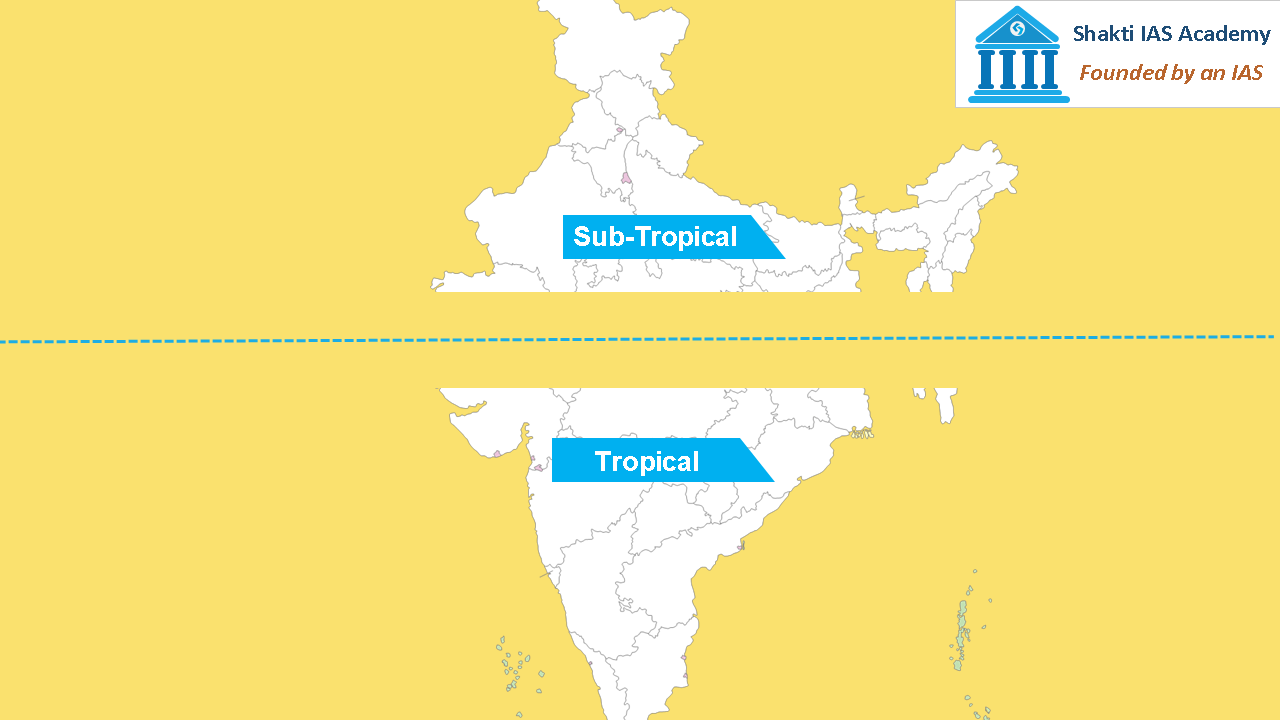
Indian Map With Tropic Of Cancer
The climate of India comprises a wide range of weather conditions across a large geographic scale and varied topography, making generalizations difficult. Analyzed according to the Köppen system, India hosts six major climatic subtypes, ranging from desert in the west, to alpine tundra and glaciers in the north, to humid tropical regions supporting rainforests in the southwest and the island.

Tropical Deciduous forests in India Toppr Bytes
Though the Tropic of Cancer —the boundary that is between the tropics and subtropics—passes through the middle of India, the bulk of the country can be regarded as climatically tropical.

Important climate zones in India with map Geography4u read geography facts, maps, diagrams
Extremely Severe Cyclonic Storm Biparjoy (/ ˈ b ɪ p ɑː r dʒ ɔɪ /) was a powerful, and erratic tropical cyclone that formed over the east-central Arabian Sea.The third depression and the second cyclonic storm of the 2023 North Indian Ocean cyclone season, Biparjoy originated from a depression that was first noted by the India Meteorological Department (IMD) on 6 June, before intensifying.

Soil types of India its characteristics and Classification Geography4u read geography facts
Latitude India's centre region is east-west oriented along the Tropic of Cancer. Thus, the northern portion of India is in the subtropical and temperate zone, whilst the southern portion is in the tropical zone. The tropical zone has high temperatures all year round with a limited daily and annual variation due to its proximity to the equator.

Vegetation type map of India. Download Scientific Diagram
Major states where tropical deciduous forests are found: Madhya Pradesh. Uttar Pradesh. Chattisgarh. Odisha. Maharashtra (Some Parts) The humidity in these forests lie in the range of 80-90 per cent. 30 degree Celsius is the average temperature of tropical deciduous forests.